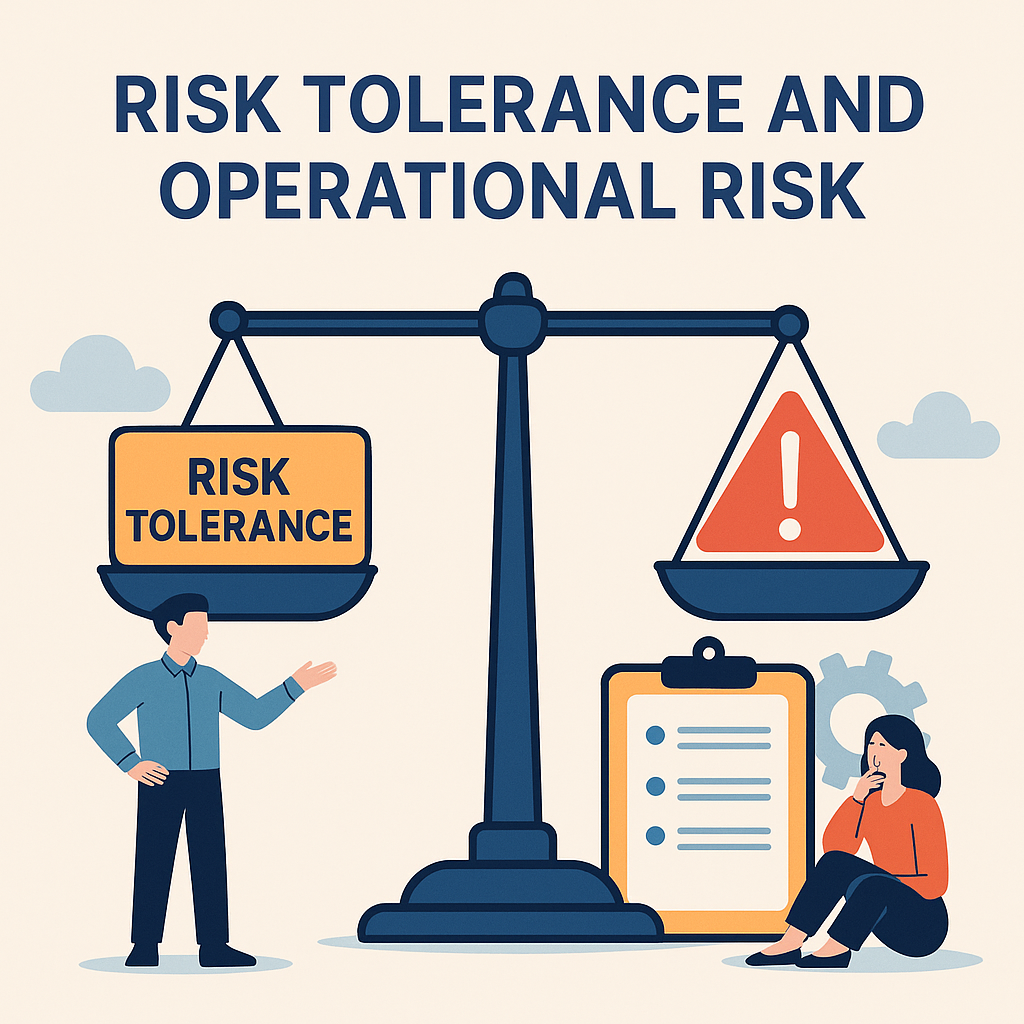More Than Just Bugs
In today’s software development world, rapid release cycles and agile teams often prioritize speed over structure. But what’s often missed is the hidden risk not in the code itself—but in how the code is written, reviewed, deployed, and documented. This something that might be missed out in the initial stage or may be someone planted it from day one.
The real danger lies in the operational breakdowns: untracked changes, undocumented modules, or misaligned environments. These risks don’t show up in logs but often trigger downtime, bugs in production, or compliance failures.
What is Operational Risk in Software Development?
Operational risk refers to the potential for losses due to failed internal processes, systems, or people. Within software teams, this encompasses more than just bad code:
- Unreviewed changes pushed to production
- Critical tribal knowledge with one developer
- Configuration drift between dev, test, and prod
- Lack of traceability on releases
- Inconsistent incident response
When these issues accumulate, they don’t just impact code—they impact delivery, scalability, and trust.
Common Hidden Risks in the SDLC
| Risk Area | Description | Impact |
| Technical Debt | Shortcuts in code or architecture | Long-term instability |
| Lack of Documentation | Poor knowledge transfer | Slowed onboarding, outages |
| Unreviewed Changes | No peer reviews or QA testing | Production bugs, rollbacks |
| Manual Processes | Deployments or backups not automated | Human error, longer downtimes |
| Environment Drift | Dev ≠ QA ≠ Production | Inconsistent behavior |
| Access Management | Over-privileged dev access to production | Compliance breach |
The DevSecOps Approach to Risk Management
DevSecOps—short for Development, Security, and Operations—aims to integrate risk management directly into the software delivery lifecycle. This approach brings transparency, automation, and policy enforcement into every release cycle.
Automation
Tasks like testing, deployment, and environment provisioning are automated to reduce human error. This improves consistency and speeds up recovery.
Shift Left Testing
By moving security and quality checks earlier in the pipeline, vulnerabilities are caught before they become production issues.
Policy-as-Code
Compliance requirements and security controls are embedded into workflows, ensuring that no code is pushed without meeting baseline risk standards.
Best Practices for Managing Operational Risk
- Create a Centralized Risk Register
Maintain a live inventory of known operational risks, with status and mitigation plans, in tools like Jira or Confluence. - Formalize Code Reviews
Mandate peer reviews, not just for code quality but for architectural risk, security exposure, and maintainability. - Standardize Change Management
Automate deployment pipelines, document all major changes, and ensure rollback mechanisms are tested. - Run Regular Post-Mortems
Don’t just fix outages—analyze them. Understand what failed, why it failed, and how to prevent it next time. - Promote Cross-Training and Documentation
Relying on one person for critical systems is a risk. Spread knowledge and maintain accessible documentation. - Invest in Chaos Engineering
Intentionally introduce failure into non-production environments to see how your systems respond. Use these learnings to build more robust systems.
Real-World Example: Deployment Risk Gone Wrong
A global e-commerce platform experienced a severe production outage in early 2023. A developer unknowingly deployed code with a hardcoded API key to the production environment. The key was quickly exploited, leading to downtime, reputational damage, and an emergency patch cycle.
Post-incident analysis revealed:
- No automated secrets management
- Manual deployments without approvals
- Absence of logging for API changes
Mitigation steps taken:
- Adopted Terraform for infrastructure automation
- Introduced GitOps with ArgoCD for controlled deployments
- Integrated security scanning with SonarQube and HashiCorp Vault
The result? Monthly incidents dropped by over 70% within six months.
Conclusion: Operational Risk Is a Code Smell
You can’t write enough unit tests to cover broken processes. Operational risk is the silent factor undermining even the best codebases.
It’s time to shift the mindset: treat risk as a first-class concern in your software lifecycle. Embed risk thinking into development, deployment, and documentation. Automate where you can, enforce where you must, and always be prepared for what could go wrong.
Don’t just build fast—build safely.








